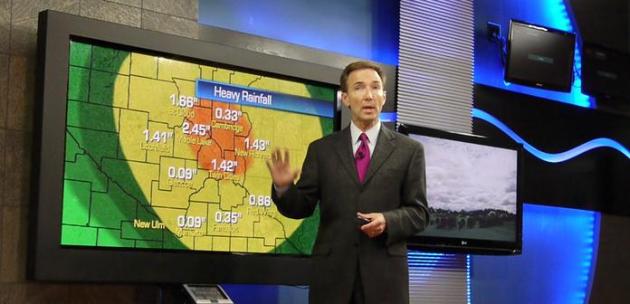
Season's biggest snowfall in Denver (1-2 foot snows were reported in the metro area). Twitter photo courtesy of Joseph Labrecque in Denver and topsy.com.
First significant snow in Rome, Italy in 26 years.
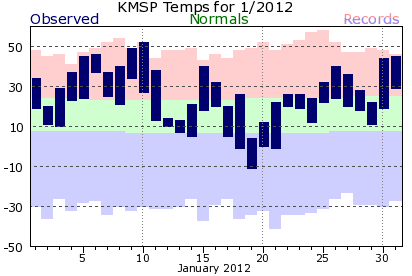
A January To Remember. Twin Cities temperatures last month were 7.7 F. warmer than average, the 8th warmest in modern-day records. Details below.


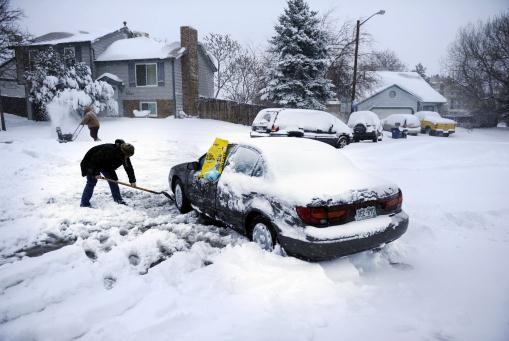
Photo credit above: "Lana Hill and her brother Paul Licari work to clear the snow from their car after an overnight snowfall in Arvada, Colo. on Friday, Feb. 3, 2012. A powerful winter storm swept across Colorado on Friday as it headed east, bringing blizzard warnings to eastern Colorado and western Kansas, and winter storm warnings for southeast Wyoming and western Nebraska. (AP Photo/The Denver Post, Joe Amon)."
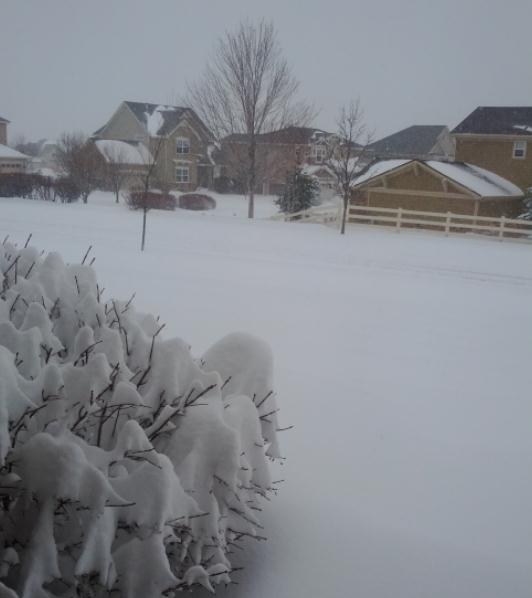
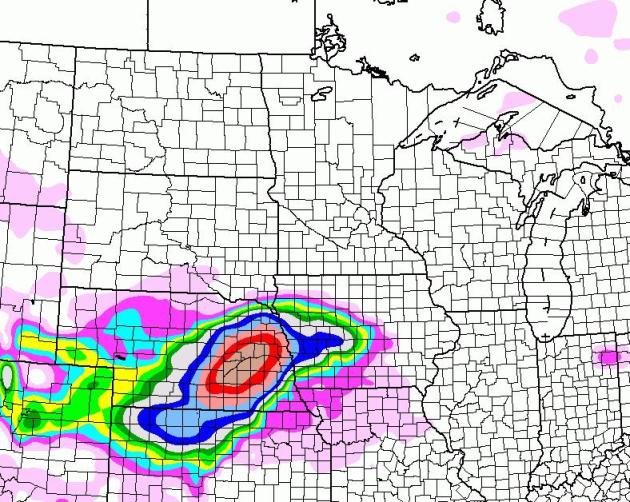
So Close... Snow-lovers are in mourning. Perpetual mourning. The video coming out of Denver isn't helping matters. The NAM model prints out over a foot of snow for eastern Nebraska, as much as 8-12" for Omaha and Sioux City, maybe an inch or two for Des Moines. Minnesota? Zilch. Nyet. Nada. Nothing. Same old story in the weather department.
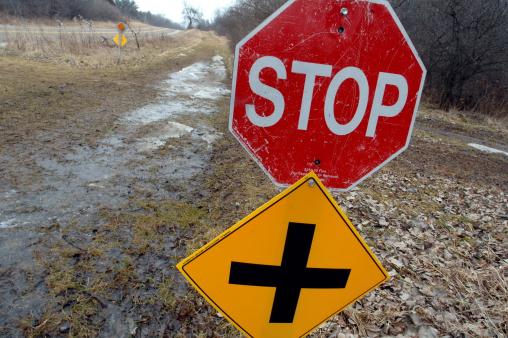
Photo credit above: "In this photo taken on Friday, February 3, 2012, the snowmobile trail in Wauconda, Ill., along Ivanhoe Road near Lakewood Forst Preserve is all mud thanks to the lack of lasting snowfalls this winter. The mild temperatures in January and February have kept the snowmobiles inside. (AP Photo/Daily Herald, Paul Valade)."

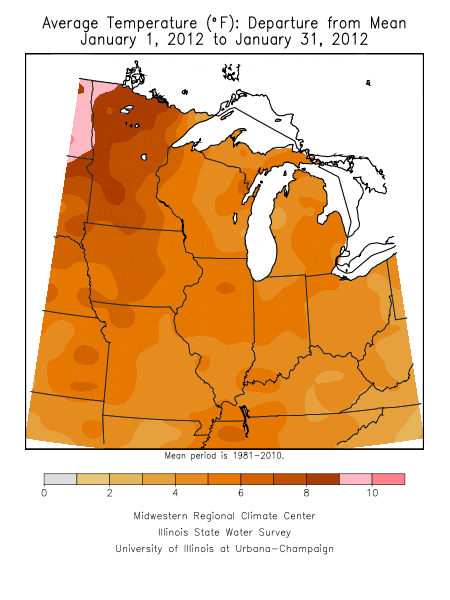
January Recap. The warmest temperatures in January were observed over the Red River Valley (as much as 8-11 F. warmer than normal). Data courtesy of the Midwestern Regional Climate Center at the U. of Illinois. Last month was the 7th warmest on record for St. Cloud, the 14th warmest for Eau Claire, Wisconsin. More details from the local NWS office here.
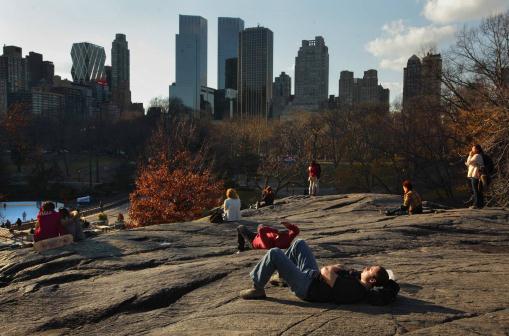
Photo credit above: "New Yorkers and visitors are enjoying a mild winter in 2012, with January temperatures in the low 60's drawing a crowd to Central Park. New York City, which last year was staggering beneath 36 inches of snow by February 1, has seen just four inches fall so far this winter, and the remnants of the last storm melted away long ago. Similarly mild weather is widespread in the U.S. this winter. (Carolyn Cole/Los Angeles Times/MCT)."

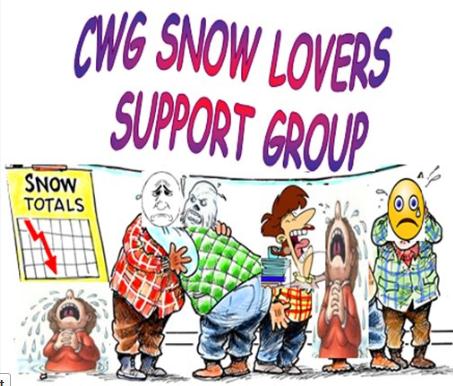
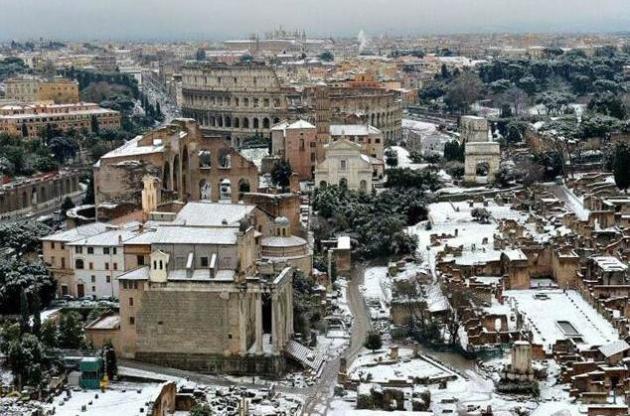

Photo credit above: "Boys throw snowballs in front of the Colosseum as snow falls in downtown Rome on Friday, Feb. 3, 2012. Snow is a rare occurrence for a capital usually blessed by a temperate climate. The snowfall prompted authorities to stop visitors from entering the Colosseum, the Roman Forum and the Palatine Hill, the former home of Rome's ancient emperors. (AP Photo/Riccardo De Luca)."
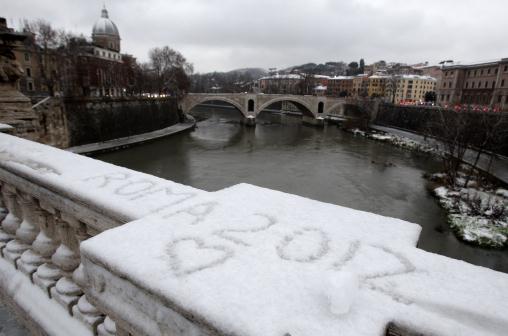
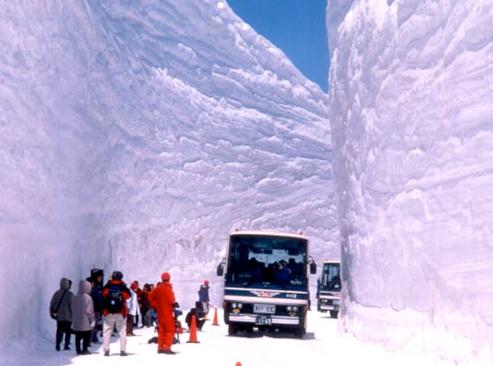
Where Does The Deepest Snow On Earth Accumulate? Dr. Jeff Masters has the answer in his always-fascinating Wunderblog. Here's an excerpt: "Impressive as the depths recorded in North America might seem, the deepest snow on earth accumulates in the Japanese Alps of Honshu Island around the 2,000-6,000’ level. The average annual snowfall is estimated to be in the 1200-1500” range (see The Climate of Japan by E. Fukui p. 171). On Feb. 14, 1927 a snow depth of 465.4” was measured on Mt. Ibuki at 5,000 feet. In fact, these amazing snow depths are a singular tourist attraction since a highway that transects the mountains is kept open all winter. It is known as the Yuki-no-Otani Snow Canyon."
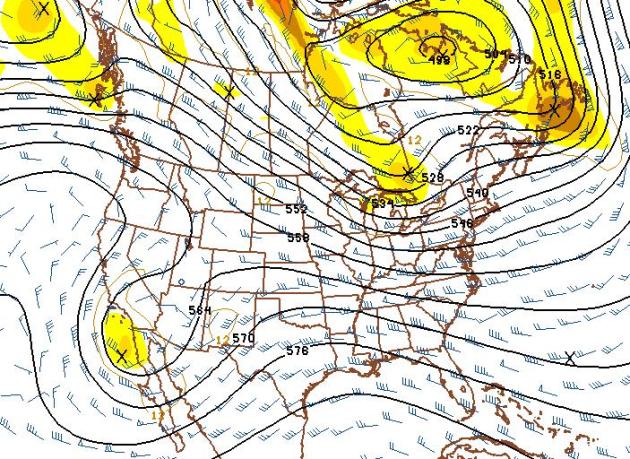
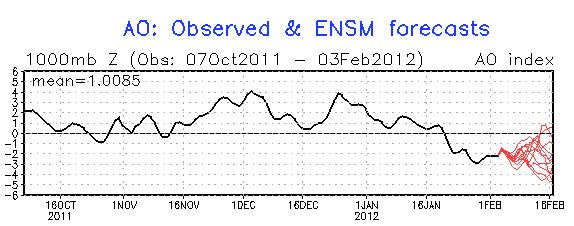
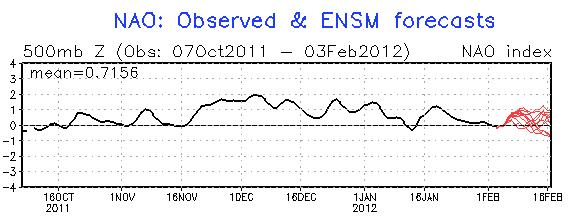
Conflicting Signals. The AO (Arctic Oscillation) is trending negative, implying weaker westerly jet stream winds over North America, in theory, hinting at a growing chance of bitter air penetrating southward into the lower 48 states. yet the NAO (North Atlantic Oscillation) is still neutral to slightly positive after Feb. 12 or so. If both the AO and NAO were strongly negative I'd be far more confident about impending arctic air, but as it stands now I still don't see anything subzero through the third week of February. Could the subzero air (all 3 nights of it) already be behind us? Not willing to go that far...yet, but with each passing day the odds of subzero weather drop off fairly significantly.
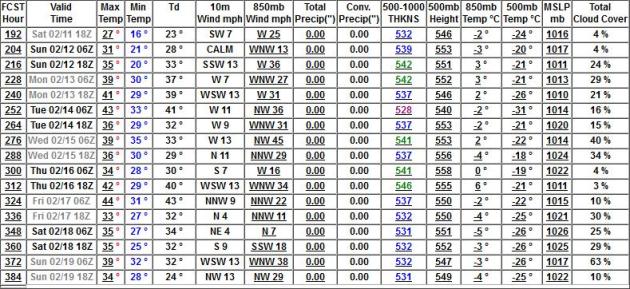
One More Time: What Winter? Check out the GFS predicted temperatures from Feb. 11-19. Highs reach the 30s and 40s - I wouldn't be shocked to see a 50-degre high around Feb. 16-17. Our lack of snow means temperatures can rise 5-15 degree higher than they would otherwise. This looks more like late March than the third week of February.

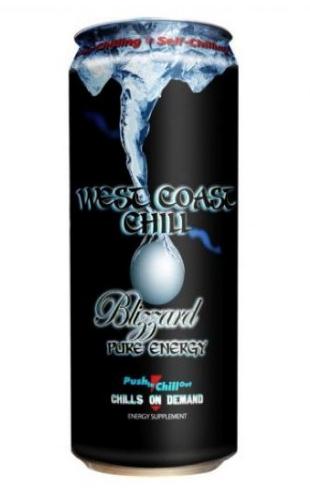

Americans Will Devour 1.25 BILLION Chicken Wings During Super Bowl. I'm getting heartburn just typing this. Come to think of it, I'm hungry again. Western Farm Press has the tasty details: "Whether you are an avid football fan who can’t wait until kickoff or you’re part of the 40 percent going to a Super Bowl party just for the food, there’s a good chance you will be as close to chicken wings as the television on Sunday. In fact, the National Chicken Council estimates that Americans will consume nearly 1.25 billion wings during this year’s Super Bowl."
"You cannot shake hands with a clenched fist." - this quote is attributed to both Indira Gandhi and Golda Meir. Source: quotegarden.com
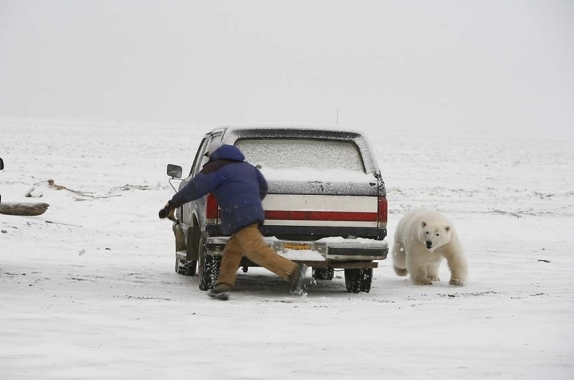
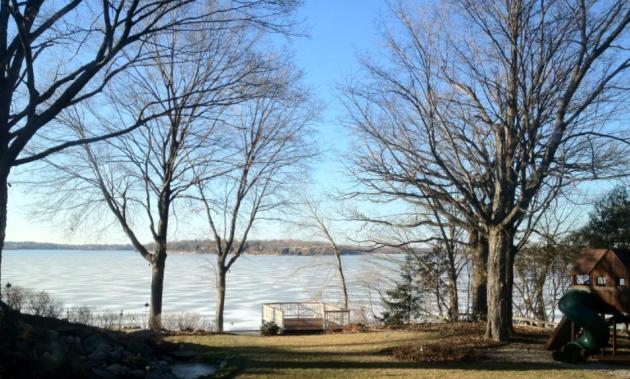
(Amazingly) Quiet Holding Pattern
Alaska is enduring one of the coldest, snowiest winters in state history. Europe and Asia have been bludgeoned by numbing cold and 8 foot drifts, but here in Minne-snowless we're still waiting, wondering, twiddling our thumbs, waxing our skies, tuning our sleds, waiting for the Winter Games to begin.
Talk about infrastructure: the new (invisible) Snow Dome high above Minnesota is doing a good job deflecting storms to our north and south. What else to account for dribs and drabs of snow; a FIFTH as much as we enjoyed last winter at this time.
The storm that pasted the Denver area with 1-2 feet of snow slides south of Minnesota today, the next chance of a lousy inch or two of slushy snow Feb. 14-15.
At this rate local TV stations will be leading their newscasts with cookie recipes and pothole alerts. We've lost our Winter Mojo, but weather (like life) is cyclical. There's always next winter. And in spite of highs mostly in the 30sand 40s through mid February it would be wildly premature to entirely write off winter just yet.
Jet stream winds continue to blow (persistently) from the Pacific, not the Yukon. Friday morning it looked like we might experience a real cold front after Feb. 18, but later runs keep the coldest air well north in Canada. I still don't see anything subzero looking out 2 weeks. Beyond that the crystal ball gets murky in a hurry, but I'm beginning to think CPC's prediction of a (much) warmer than average February for most of America east of the Rockies is right on the money. Welcome to what will probably turn out to be one of the 10 warmest winters on record for the USA.
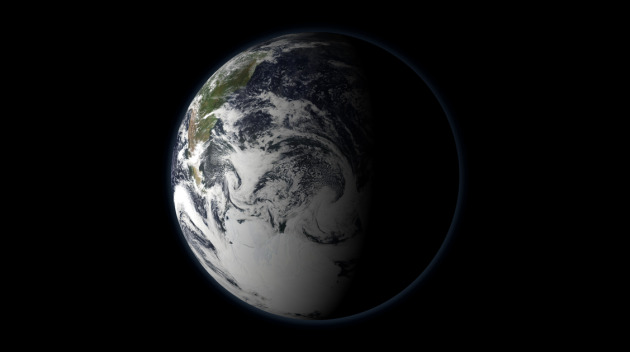
Climate Stories....
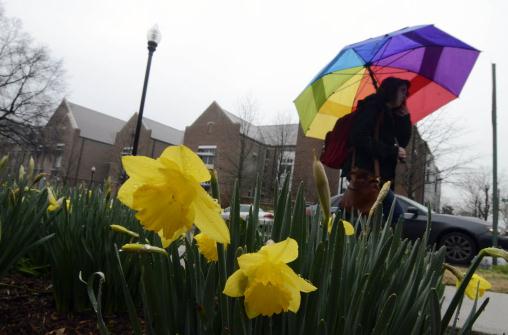
Global Warming? Phooey! Here's a post from The Times And Democrat: "Pennsylvania’s Punxsutawney Phil had the gall to predict six MORE weeks of winter after allegedly seeing his shadow Thursday. Where has the stupid groundhog been, anyway? How can we have six more weeks of winter when we haven’t had enough cold weather to even call it winter? I think the mild temperatures this winter are part of a conspiracy staged by those global warming fanatics to try to fake us out. Just because flowers and trees are blooming like it’s the middle of spring and glaciers are melting and polar bears are rapidly running out of habitat because it’s melting, we certainly can’t jump to the conclusion that we’re responsible because we’re burning more and more fossil fuels and raising levels of greenhouses gases. How ridiculous is that! After all, God wouldn’t have given us all these natural resources unless he intended for us to use them all up, now would he?"
Photo credit above: "In this Feb. 1, 2012 photo, University of Tennessee-Chattanooga sophomore Sydney Lamb walks past blooming daffodils in Chattanooga, Tenn. Above average temperatures and rainfall have prompted an "early" spring in the region. (AP Photo/Chattanooga Times Free Press, Angela Lewis)."
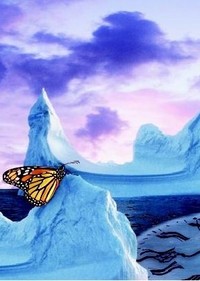
Global Warming Or Not, This Winter Is Strange. The story from thesouthern.com (serving southern Illinois): "Streams of unconsciousness from the outdoors world:
- The globe is warmer: Whether or not you subscribe to global warming theories, you have to admit this has been a crazy warm winter.
It's so warm nature is confused. The maple tree in my yard is budding. I have crocus in bloom, daffodils ready to pop open and a planter at the end of my driveway full of blooming pansies. This is just screwed up. The pansies should have frozen and died sometime in later November or early December. The crocus should bloom when pitchers and catchers report for spring training - in about two weeks. And, I associate blooming daffodils with the Missouri Valley Conference basketball tournament - in about a month."
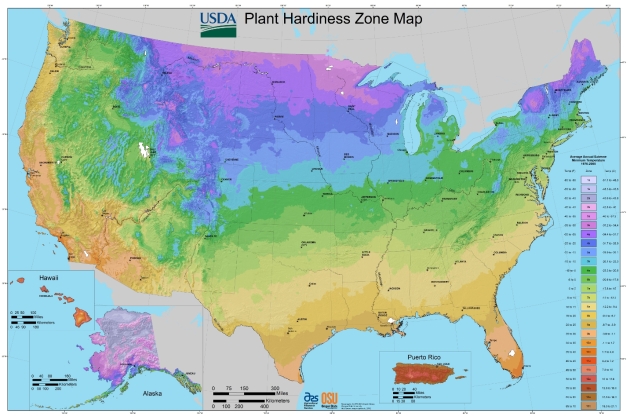
So Why Are The Plant Zones Changing? I know, now the USDA is in on "the conspiracy". Here's an excerpt of an Op Ed in The Washington Post: "The interesting front-page story about the shifts in the Agriculture Department’s plant hardiness zone maps since 1990 [“New plant map shifts area to warmer zone,” Jan. 26] included this headline on the continuing page: “Plant map doesn’t measure climate change.” However, nothing in the article discusses the relationship of the zone changes to climate change, whether global, national or regional. The nearly uniformly northward shifting zones reflect increases in “average winter low temperatures between 1976 and 2005 at 8,000 weather stations.” While this doesn’t fully measure all the changes in climate, if this nationwide pattern is not attributable to global climate change — specifically to the global warming that scientists have concluded is unequivocal — what, pray tell, is responsible? The failure of The Post, not only to make the connection with global climate change but also to seemingly disavow it, is most puzzling."
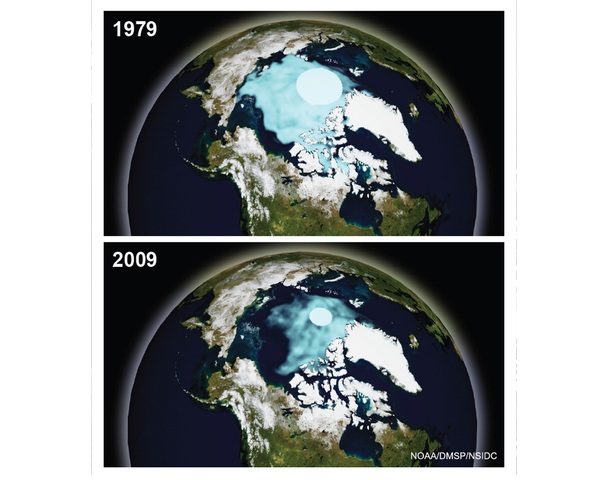
Global Warming: German Researchers Find More Evidence For Links Between Arctic Sea Ice Decline And European Weather. The story from the Summit County Citizens Voice: "SUMMIT COUNTY — German scientists say they’ve found more evidence showing links between declining Arctic sea ice and shifting weather patterns, with cold, snowy winters more likely in Europe following summers when Arctic sea ice is low. The researchers from the Alfred Wegener Institute for Polar and Marine Research say shrinking summertime sea ice cover changes the air pressure zones in the Arctic atmosphere, slowing westerly winds that usually transport relatively warm and moist air toward Europe. If there is a particularly large-scale melt of Arctic sea ice in summer, as observed in recent years, two important effects are intensified. Firstly, the retreat of the ice leaves a darker ocean to warm up more in summer from solar radiation."
